NEW EDITION includes an updated removable fold-out concertina neatly housed in the back of the book, providing a 12-page timeline that traces the history of mathematics from the very beginning. The reverse side features some of the greatest mathematical enigmas and interesting facts about the world of numbers.
Legend has it that the first magic square, where all lines and diagonals add up to the same figure, was revealed more than 2,000 years ago when a river turtle appeared to have ancient Chinese numerals inscribed on sections of its shell. Patterns are everywhere in nature, and counting, measuring, and calculating changes are as old as civilization itself, as are many of the theorems and laws of math. The Pythagorean Theorem was used to plot out fields for planting crops before Pythagoras was even born, but the story begins long before that, with tally marks on rock and bone surviving from the Stone Age.
Here is the essential guide to mathematics, an authoritative reference book and timeline that explores the work of history’s greatest mathematicians. From the genius of Pierre de Fermat, who said he knew the answers but rarely gave them up, to the fractal pattern discovered by Waclaw Sierpinski now used to plan the route a mailman takes, here are 100 landmark moments in this intensely rigorous discipline, seen through the eyes of the people who lived them.
Glimpse the abstract landscape of infinite numbers and multi-dimensional shapes as you learn about the most famous math men of all. Pythagoras had a love of numbers so strong it led to a violent death. Then there is Fibonacci, whose guide for bookkeepers changed the way we add and Descartes, who took inspiration from a fly to convert numbers into shapes and back again, changing math forever.
Over many centuries, great minds puzzled over the evidence and, step-by-step, edged ever closer to the truth. Behind every one of these breakthrough moments there’s a story about a confounding puzzle that became a discovery and changed the way we see the world.
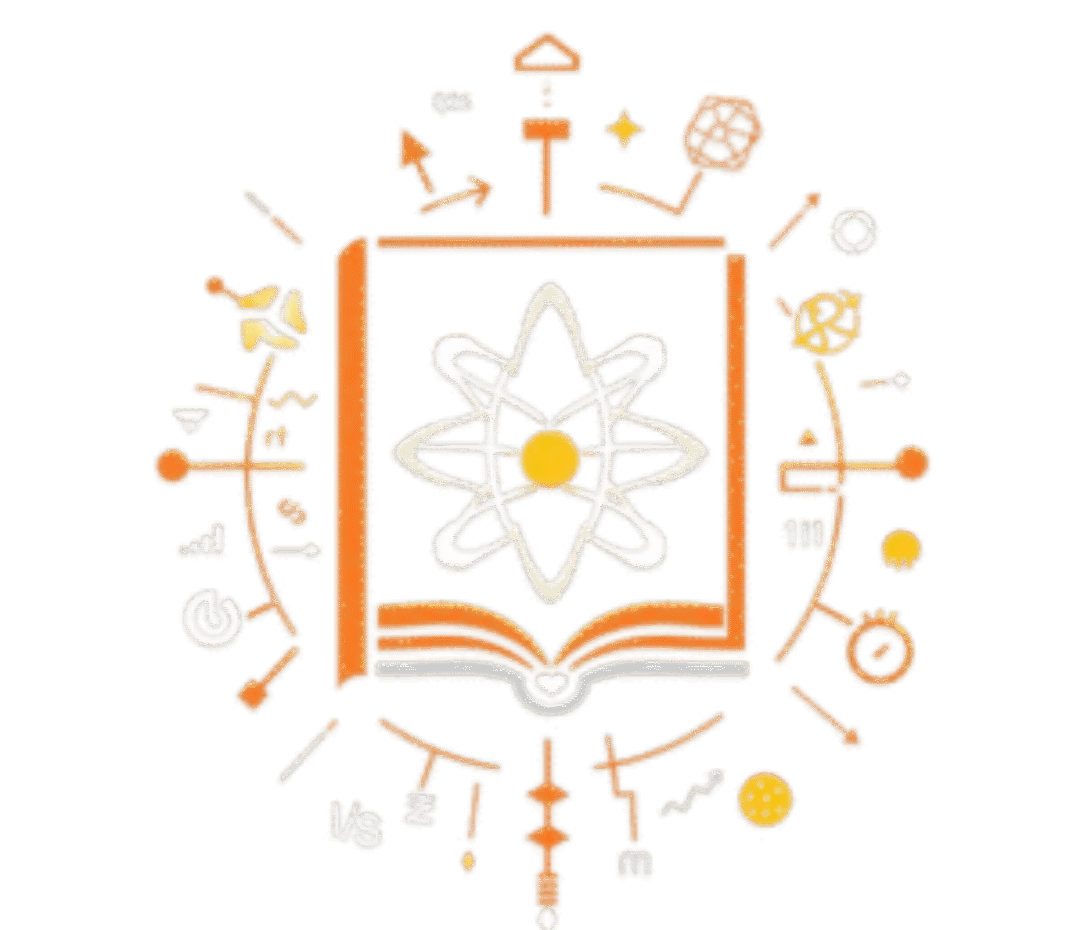
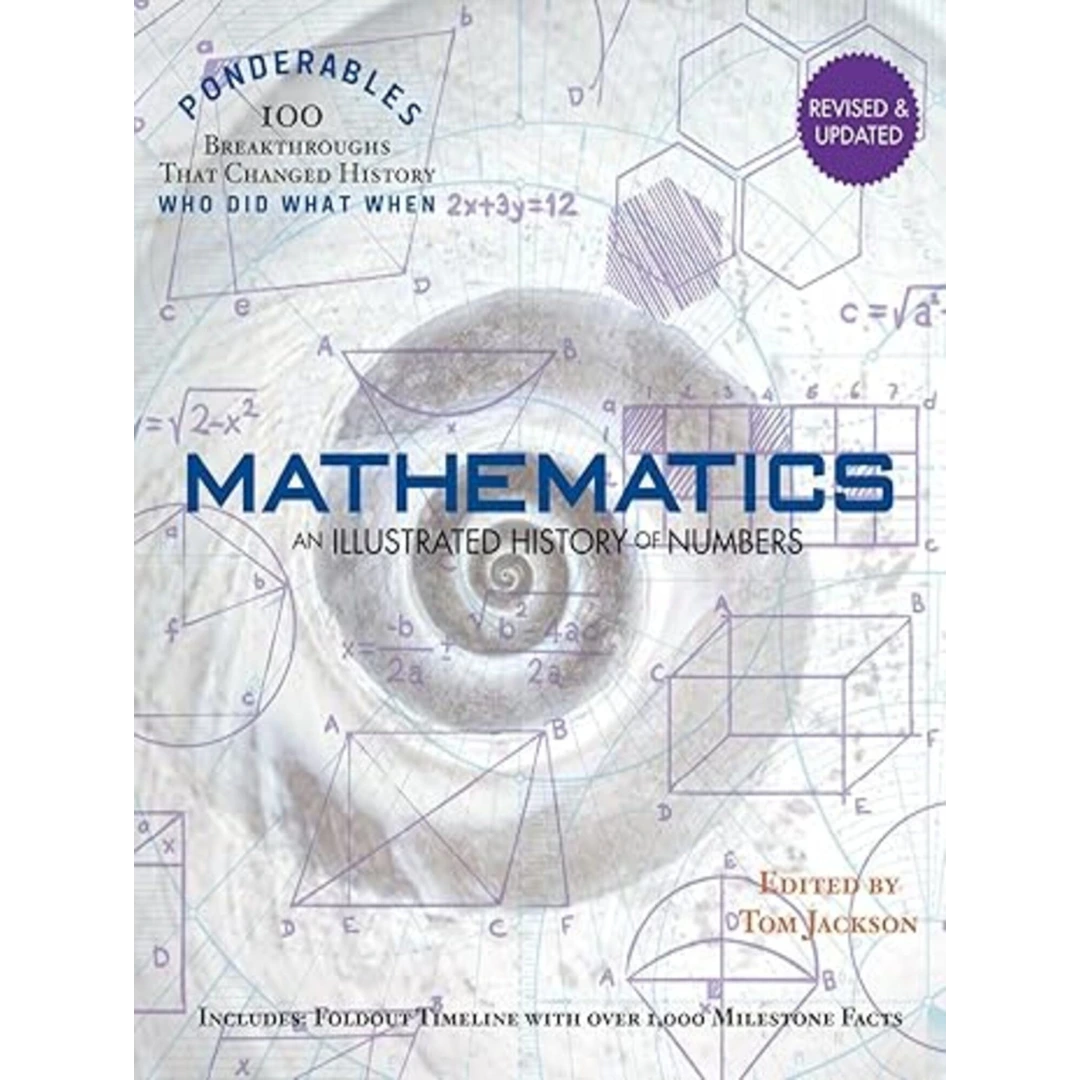
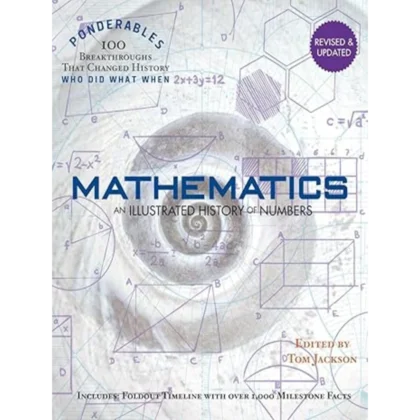




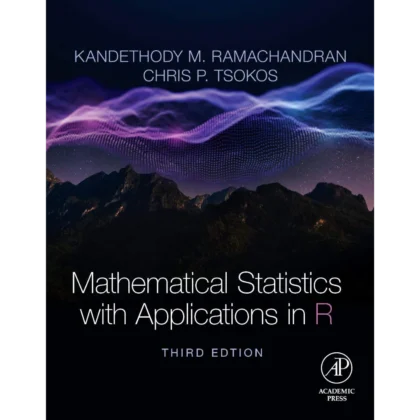
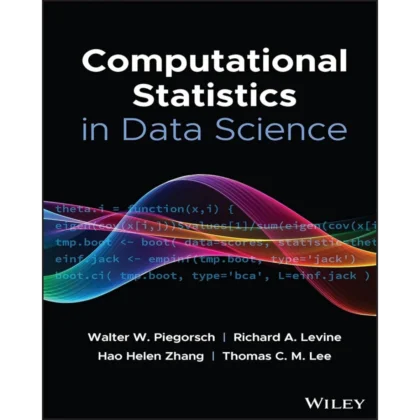
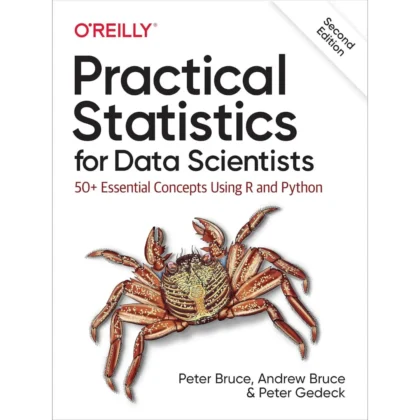
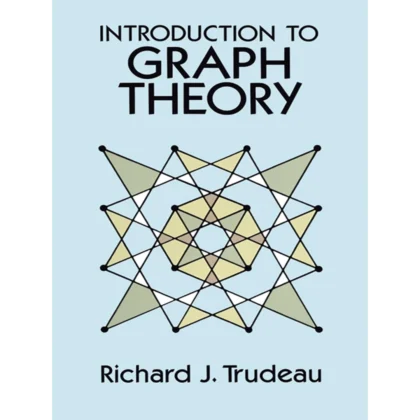
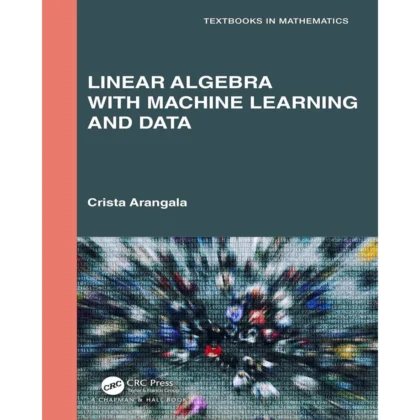
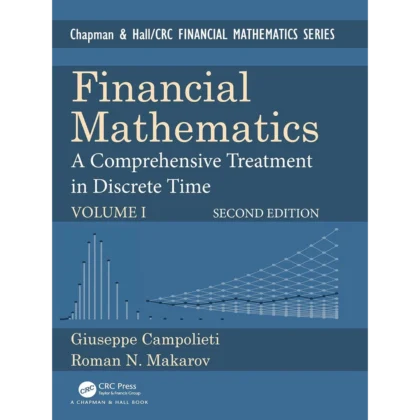
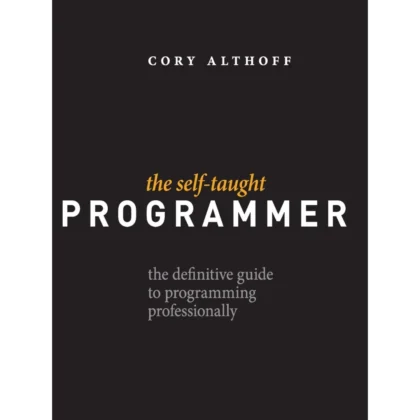


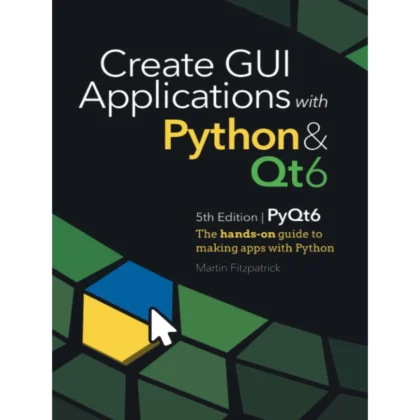








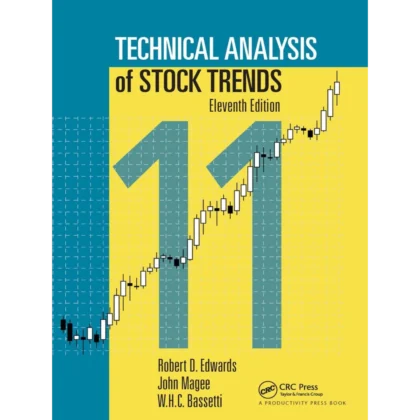
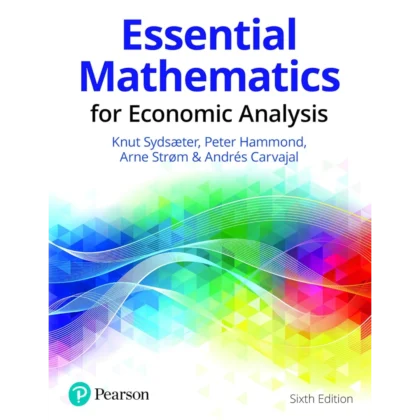
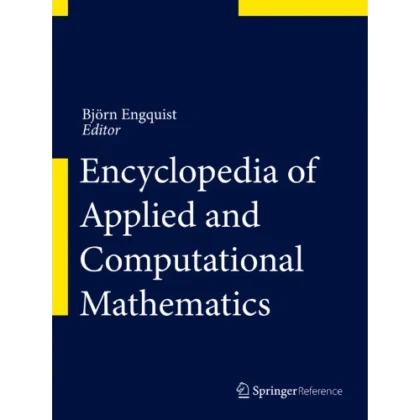
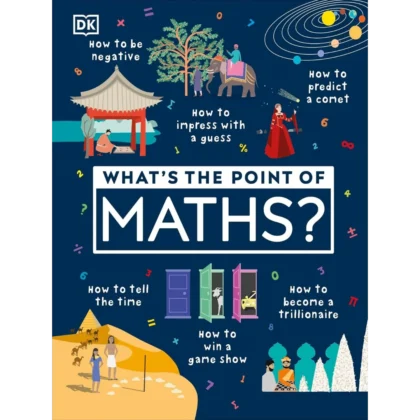
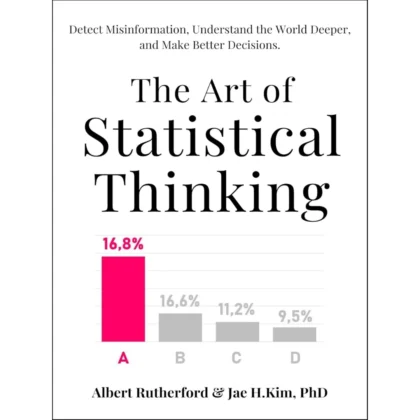
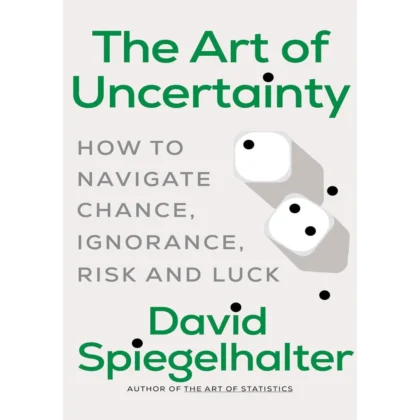
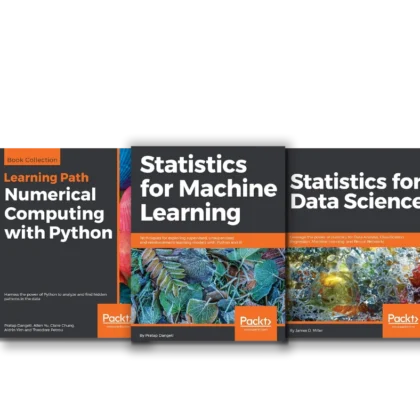

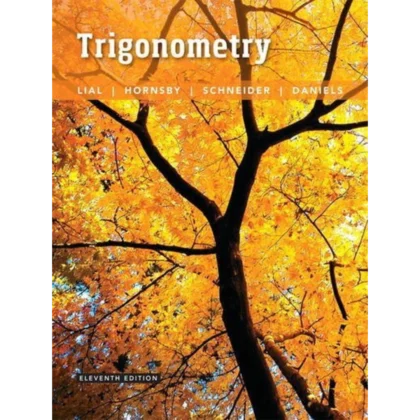





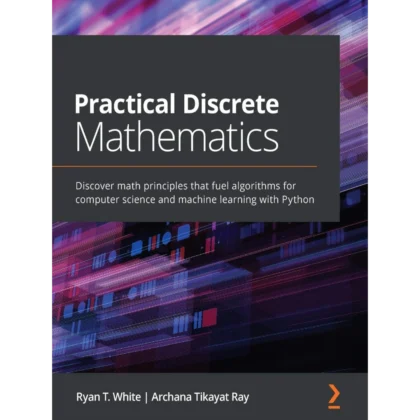
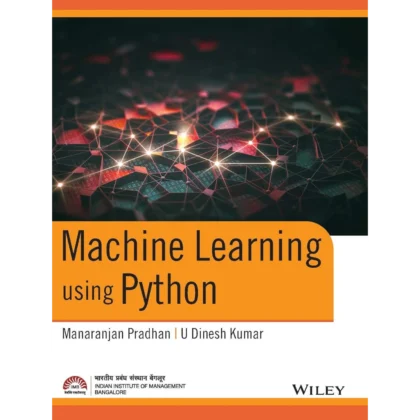
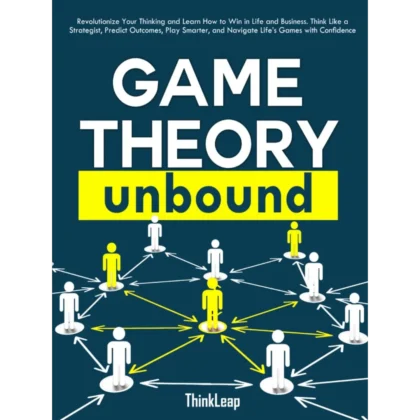
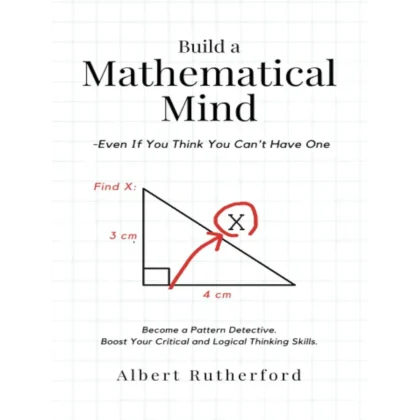
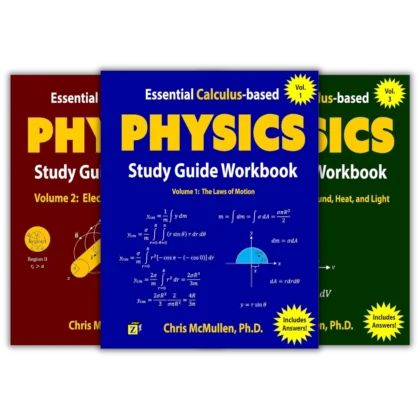

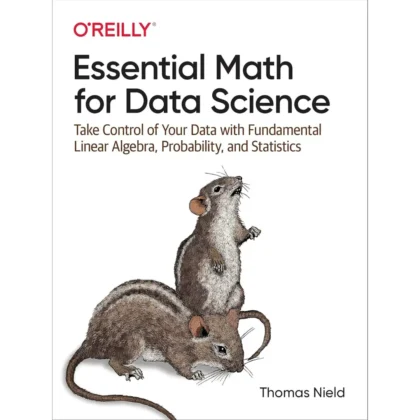

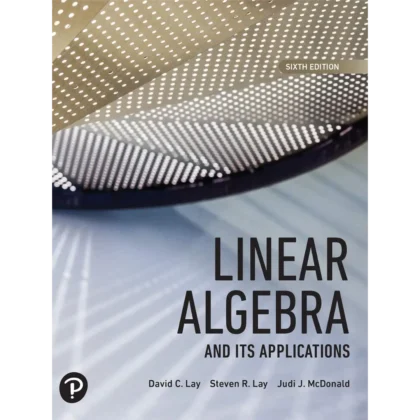
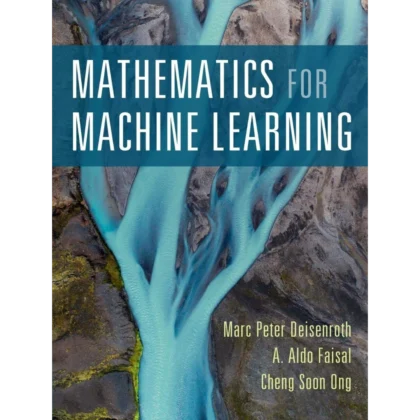
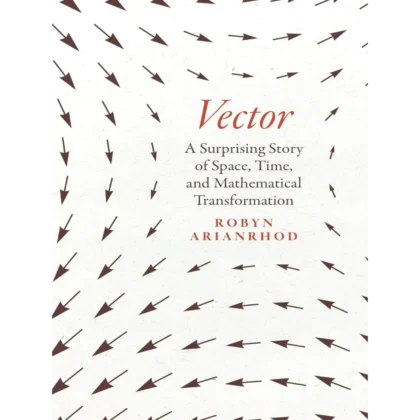
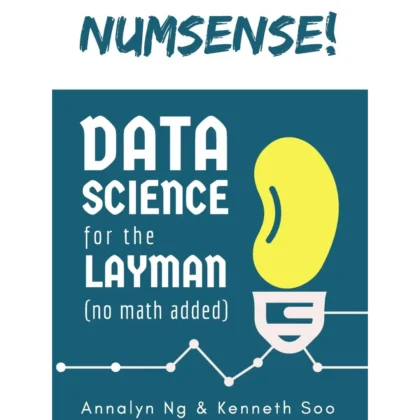
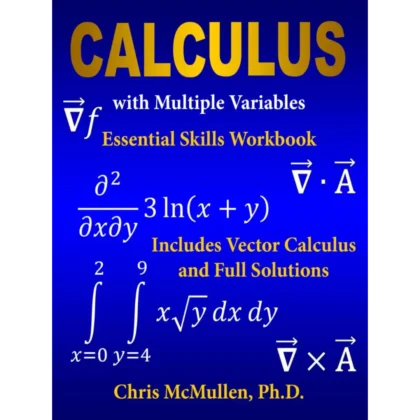
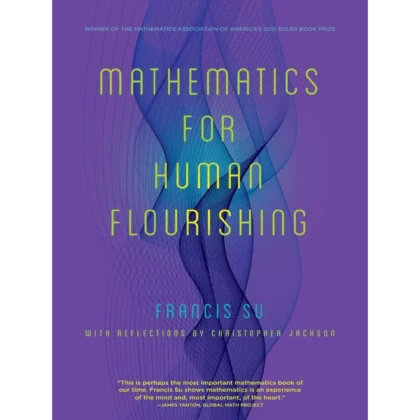
What I thought –
So I hated math in school, but my husband recently decided that it was time to get over phobias and gave me this book as an early Christmas present. You know, there was nothing to be afraid of, and I should have made friends with math long ago. The main thing I discovered from this absolutely Gorgeous book is that there is so much more to math than 2 plus 2 or even algebra or Trig. You have got to know that it was Trig that really turned me off for good years ago.
The author is terrific, and makes reading the 100 little stories – he calls them BREAKTHROUGHS – like eating candy. You can’t stop. The only complaint i have is that this book came just a few years too late. I mght be teaching math at MIT now. Seriously no kidding I liked this book, and I like math more now.I love the cover, it has lots of geometry shapes. There is also a timeline if you want to see it all at ONE glance.
FUN.
MLW –
My dad is an engineer and a self-professed math geek. I got him this book to feed his obsession. He loved it! He would not put it down at Christmas. He kept talking about all of the theorems and everything and about how much he loved this book.
L. Kramer –
I bought this for my daughter to help with her math. She will refer to this book and now has an A+ in math!! Would recommend to anyone who needs help with math.
The Scrutinizer –
Math is interesting. Lots of fun little tidbits of knowledge.
Must read through before making a more firm assessment of quality of book.
George Durtler –
The book had a LOT more in it than I expected and lots of fun trivia. It was purchased as a gift for a girl loving math and it was a hit…I must admit I was tempted to keep it for my self -)
You do NOT have to be good at math to enjoy this book…so a winner all around.
gt surber –
“Mathematics: An Illustrated History of Numbers (100 Ponderables) is an excellent popularization book on Math. Each of 100 ideas included from the very basic integers, how did we begin counting to chaos, to many of the marvelous theorems and variety of types and kinds of numbers is well, briefly and mostly nontechy explained in one or two page essays and diagrams. There are wonderful illustrations of people, things, machines, graphs, and concepts.
The section at the end with brief biographies of many famous mathematicians is fascinating and makes clear why they are famous.
This an excellent gift from the math lover of any age in your family. It will introduce the high school student in your family to the wonders and fascinating challenges of math over the centuries. It will explain many of the occasional news stories from the world of mathematics that occasionally break through. It will even help many with math phobia to overcome their fears of math.
Of the several popularizations of math I have read over my years, this is one of the best. It is an excellent buy and addition to my library.
Dave W –
Building up a motivational library for my daughter. Enjoyed the books so much, I bought the entire series after initial purchase of The Elements. Perfectly illustrated and short enough for those with developing attention spans. Subjective further study may be called for at a later stage, but this is a great way to foster the will to do so…. Love it, sincerely…
dillon –
great product fast delivery
Catherine Flynn –
It was a gift — apparently greatly enjoyed by the recipient.
M. Volker –
Grandson liked this book
Reynaldo Fernandez –
I loved it,
August S. Rowe –
Love this book it is a great overview of the history of mathematics.
Inge A –
Pictures and explanations very detailed my 10 year old loves it, so do I! Fast shipping
Customer –
My son (8) who LOVES to read but does not like to do math loves to read this book. 🙂
Virginia Kay –
We do not often buy coffee table style books as I find them a little large to leaf through, but this book is beautiful and was totally worth it. My 12 year old is passionate about math, and this book will be fun for him to go through. My favorite feature of it, which was a wonderful surprise, is a folded up “world history timeline” in the back of the book that you can pull out to see what was happening concurrently in the world with different mathematical discoveries. It is delightful!
Tim Giles –
This is good for amateur mathematicians who can benefit from an historical perspective. Not so good for professionals, unless they have plenty of storage space.
NL –
Great!
Hyper8 –
Got this for my 13 yr old son. He loves numbers and this is a good way for him to learn the history behind all the theorems and mathematical functions including all the great minds behind them.
Daniel Fields –
Beautiful book with tons of information. Our oldest son (10) loves all the illustrations and keeps his interest for hours, but is advanced enough for adult readers to get a lot out of. Book is of excellent quality and would highly recommend.
Sean Meek –
It’s got pretty much the same type of info as another book on mathematics that I have. It’s okay.
Tina Molzon –
This book is great and it has a huge poster of the timeline of science and math findings that have happened throughout history
Michael Gofman –
Great book, highly recommended.
Oliver –
What a great book on the history of mathematics. All the major developments are included and suitable as a knowledge store as well as for just browsing. Text and graphics are well presented and the larger size makes it easier to read. I bought a copy as a present, but was so impressed I bought another for myself.
Michael George –
This history gives a summary of events in math that the editors think will be of particular interest to the young, or to older folk who want to see the fun and frivolous side to math that engages us all with its curious puzzles and problems. It is a strange and joyous game that we see opened up before us in this book. I think that, while not neglecting the serious sides and the dominantly dry, abstract, passionless, intellectual academic discipline that mathematics has evolved into through the major shifts in technology, science and mathematical thinking itself over the past several centuries, the editors have tried to steer a course that focuses on the fun stuff of math, and how curiosity leads us in myriad ways in math to fascinating patterns, problems, puzzles and ideas. As an applied mathematician, I am mainly not interested in math for its fun stuff, but for what it can help us with in terms of framing descriptions, making predictions and understanding the world. I do not have a lot of interest in the side of the history of math this book explores, and I admit that I am not favorably inclined toward the math world of games and fun. On the other hand, apart from a few typos which were a bit annoying (for example, graphs have edges and vertices, and in describing the Konigsberg bridge problem, item 43, the editors chose to describe the bridges, at one point as vertices. While to a certain extent, the notions of edges vs vertices are dual, and this is not strictly wrong, I do think the overall bridge puzzle is better understood when we think of the bridges as edges), the level of the book is scholarly, avoids the “academic” viewpoint, is very well written for a popular audience (especially pre-college level), and is fairly well organized. Each editor has done his or her “homework” quite nicely, and presents informative, sometimes extremely eye-opening material (even for an old jaded mathematician like myself). I think this is a really good book for someone not that specialized or deep into math as an undergrad math major or professor, who would like to gain a little insight into math, without hitting its dry, boring bits, which is not always avoidable. Math is a huge, extremely deep, complex, useful, often beautiful field that encompasses vast areas of pure art and numerous important applications. The editors picked out a sampling of some of this, which while presenting a really skewed picture of modern math, presents a very appealing portrait of the amateur and “spectator” side of the field. On the other hand, when the authors do discuss the luminaries, they mention many of the important names, like Newton, Gauss, Riemann, Hilbert or von Neumann, that really must be named, even if the account focuses on “non-academic” sides of math. Because my background in math and physics is pretty good, I did not have a difficult time understanding much of the book, and I thought the ideas were communicated fairly well, even for people who are not experts. Math as a “fun” game is, after all, the view that many of the really top, top people in math have. If you want an appreciation of the basic attractiveness of mathematics, this is a very good book to read.
Felipe Trujillo –
Excelente libro. Una muy buena sintesis para enseñar y consultar. Es ameno y fácil de leer
Stephen Link –
I have yto finish the read.
The book I sent to my granddaughter, who is entering grade 5, lead to bathmath. My daughter reads a story from the book to her daughter during a bath !! WOW !! What a way to learn math.
Joanne Potter –
Newly updated and very interesting.